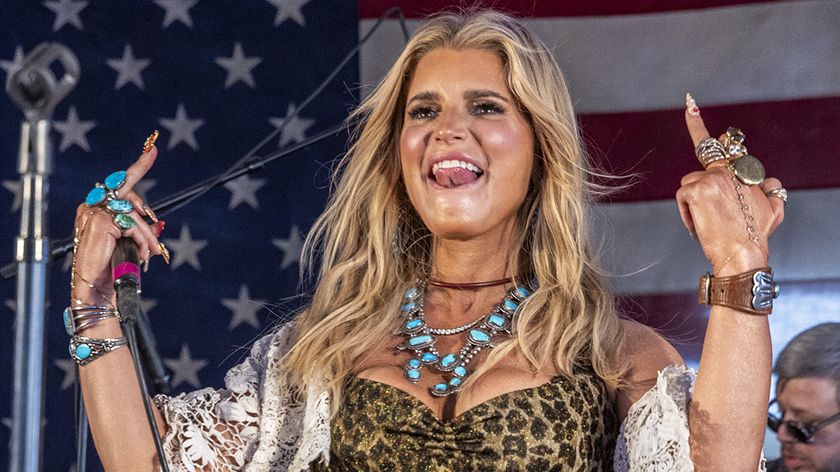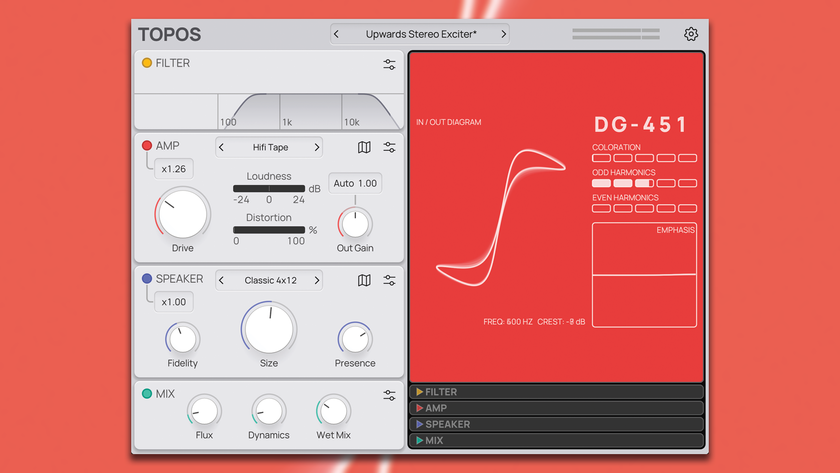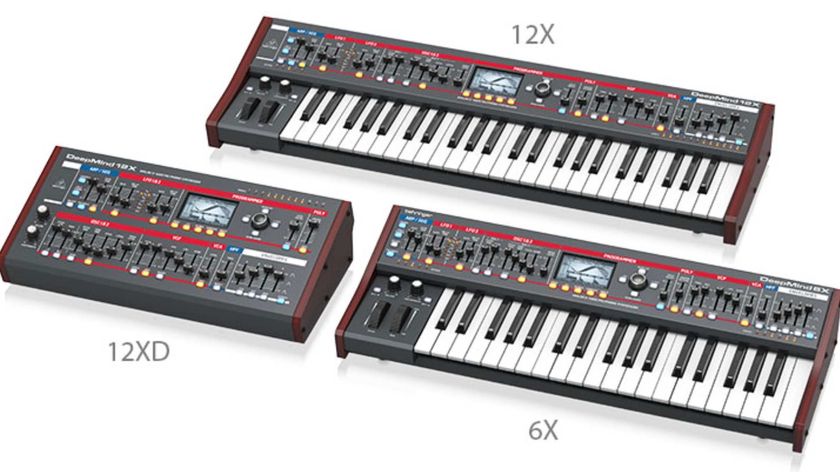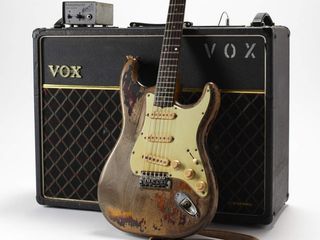
Introduction
Kicking off our new Career In Gear regular, we examine the guitars, amps and effects that became synonymous with Irish blues legend Rory Gallagher.
A supremely soulful guitarist who played with headlong, ecstatic energy, it’s little wonder Rory Gallagher is remembered with such enduring affection. Now, on the 40th anniversary of his solo career, we look at the iconic guitar rigs that gave his tone wings…
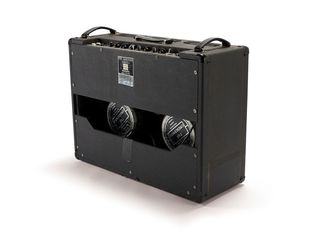
Vox AC30 Top Boost amplifier (back)
Vox AC30 Top Boost amplifier
Comments: Rory’s best known amplifier was a remnant from his days in Irish power trio Taste. The guitarist created his searing signature tone by driving the amp hard and using his guitar volume to control his sound. The reverse of the amp bears marks of decades on tour.
As heard on:
Rory Gallagher (1971), Deuce (1971) and Live In Europe (1972)


Vox AC30 Top Boost amplifier controls
Vox AC30 Top Boost amplifier controls
Comments: Many of the original markings on the amp have worn away with years of use.
As heard on:
Rory Gallagher (1971), Deuce (1971) and Live In Europe (1972)

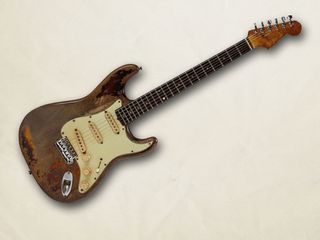
1961 Fender Stratocaster guitar
1961 Fender Stratocaster guitar
Comments: Bought on credit from Crowley’s Music Store in Cork in 1963 for £100, this is the guitar that formed the bedrock of Rory’s sound and became synonymous with the bluesman. It was also possibly the first Fender Stratocaster to reach Ireland.
As heard on:
Rory Gallagher (1971), Deuce (1971) and Live In Europe (1972)


1961 Fender Stratocaster body
1961 Fender Stratocaster body
Comments: Heavy pick-wear on the guitar’s body, above the neck pickup. The Strat’s original Sunburst finish is now barely visible.
As heard on:
Rory Gallagher (1971), Deuce (1971) and Live In Europe (1972)


1961 Fender Stratocaster head
1961 Fender Stratocaster head
Comments: The guitar’s “Fender Stratocaster” decal has almost completely worn away and the tuning pegs are a mixture of Sperzel and Gotoh machine heads.
As heard on:
Rory Gallagher (1971), Deuce (1971) and Live In Europe (1972)


1961 Fender Stratocaster neck
1961 Fender Stratocaster neck
Comments: The guitar’s neck was temporarily replaced when the original became warped after years of humid performances; fortunately it dried out and was later restored.
As heard on:
Rory Gallagher (1971), Deuce (1971) and Live In Europe (1972)

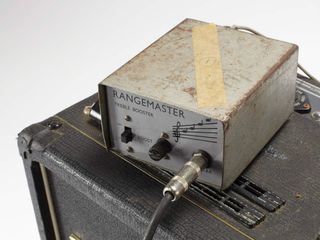
Dallas Rangemaster Treble Booster effect
Dallas Rangemaster Treble Booster effect
Comments: The Dallas Rangemaster was the other key component of Rory’s simple setup and added bite to the tone from his AC30.
As heard on:
Rory Gallagher (1971), Deuce (1971) and Live In Europe (1972)


1968 Martin D-35 acoustic guitar
1968 Martin D-35 acoustic guitar
Comments: Rory’s ’68 Martin D-35 was used on tracks such as Just The Smile from his first solo album, and shows signs of age.
As heard on:
Rory Gallagher (1971), Deuce (1971) and Live In Europe (1972)


1966 Fender Telecaster guitar
1966 Fender Telecaster guitar
Comments: Rory’s go-to slide guitar during the first few years of his solo career due to its sharp tonal qualities. There’s a ’66 marking on the neck, but some sources have it as a ’67 model. He always paired it with a half-fingered brass slide.
As heard on:
Rory Gallagher (1971), Deuce (1971) and Live In Europe (1972)

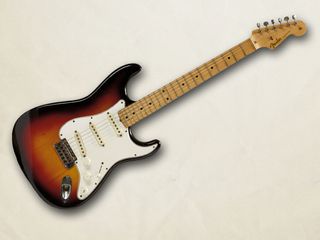
1958 Fender Stratocaster guitar
1958 Fender Stratocaster guitar
Comments: Featuring an unusual three-tone sunburst finish, Rory used his 1958 Strat on some US tours around 1972. According to Rory’s brother, there’s a slim possibility it once belonged to Buddy Holly
As heard on:
US live shows in the early '70s.
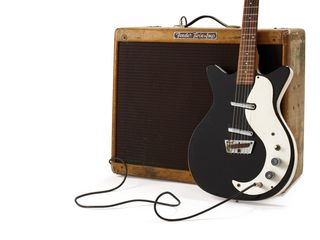
Danelectro 3021 shorthorn guitar (and Fender Twin amplifier)
Danelectro 3021 shorthorn guitar (and Fender Twin amplifier)
Comments: A studio-only instrument, this Danelectro was used to record A Million Miles Away and Cradle Rock on 1973’s Tattoo album. Both would become live favourites, but Rory didn’t opt to use the Dano onstage.
As heard on:
Tattoo (1973)
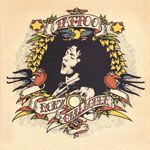

Fender Twin amplifier
Fender Twin amplifier
Comments: With the addition of Lou Martin on keyboards to Rory’s band in 1973, the guitarist looked for an amp that would work better within the group’s fuller sound and began to favour Fender combos, such as this Fender Twin, which became a studio favourite. The amp has a very early serial number (0070), so Rory was cautious about taking it on the road.
As heard on:
Blueprint (1973) and Tattoo (1973)
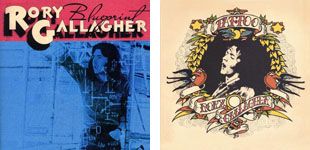
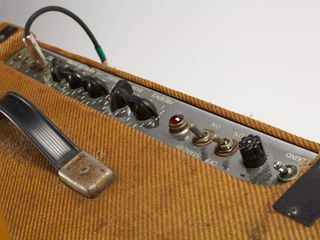
Fender Twin amplifier controls
Fender Twin amplifier controls
Comments: Having been used predominantly in the studio in the mid-70s, the Fender Twin is in a much better state than the heavily-toured Vox AC30.
It was also during this period that Rory replaced his Dallas Rangemaster with a Hawk Treble Boost, which he felt sounded better with the Fender amps.
As heard on:
Blueprint (1973) and Tattoo (1973)

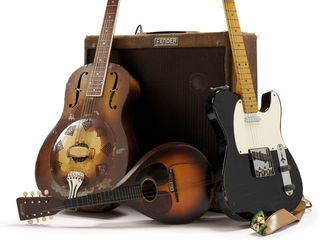
1932 National Triolian resonator guitar and 1959 Fender Esquire guitar
1932 National Triolian resonator guitar, Martin Mandolin and 1959 Fender Esquire guitar
Comments: Rory used the National resonator (left) for some thrilling slide work on his cover of Tony Joe White’s As The Crow Flies on the much-loved Irish Tour ’74 album. Likewise, the Esquire (right) also began to find favour around that time, again for slide work.
As heard on:
Irish Tour ’74 (1974)
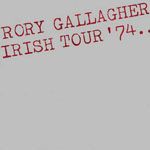
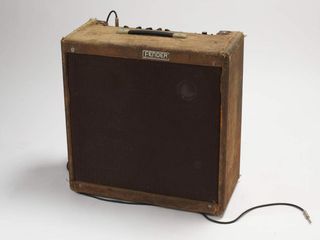
Fender Bassman amplifier
Fender Bassman amplifier
Comments: Although he was still using his Vox AC30 at the time, Rory’s main amp throughout the mid-70s was his Fender Bassman.
As heard on:
Irish Tour ’74 (1974)


Fender Bassman amplifier back
Fender Bassman amplifier back
Comments: In contrast to his Fender Twin, Rory’s Bassman is considerably more battered.
As heard on:
Irish Tour ’74 (1974)


Fender Bassman amplifier controls
Fender Bassman amplifier controls
Comments: Brackets were fixed to the amp to help support weighty transformers on tour.
As heard on:
Irish Tour ’74 (1974)


1963 Gretsch Corvette
1963 Gretsch Corvette
Comments: Eventually Rory’s quest for increasingly hot slide tone led him to a gorgeous ’63 Gretsch Corvette bought by his brother Dónal in an LA pawn shop for $50.
As heard on:
Latter period solo albums

Guitarist is the longest established UK guitar magazine, offering gear reviews, artist interviews, techniques lessons and loads more, in print, on tablet and on smartphones Digital: http://bit.ly/GuitaristiOS If you love guitars, you'll love Guitarist. Find us in print, on Newsstand for iPad, iPhone and other digital readers
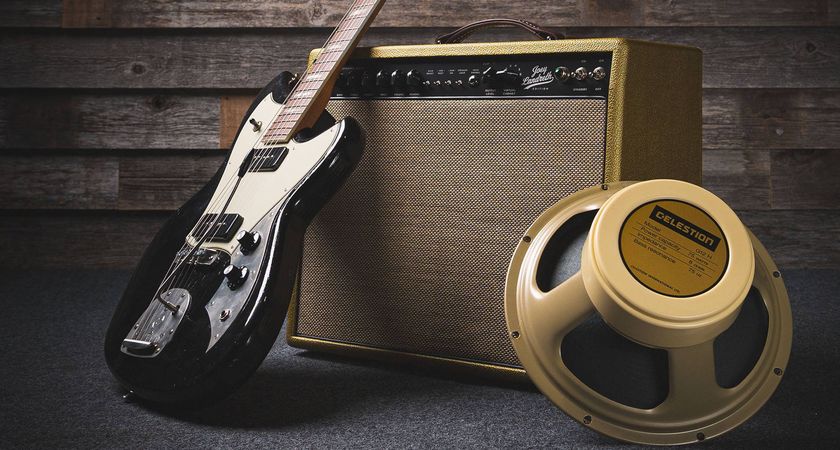
“It showcases a straightforward single-channel layout ideal for both clean tones and mild breakup tones”: Revv Amplification and Joey Landreth join forces for a signature take on the D25 tube combo with onboard virtual cabs/IRs
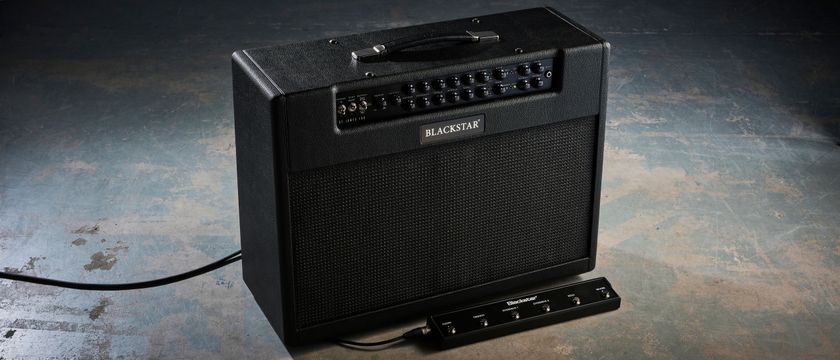
“A truly modern take on the high-powered super amp, full of clever design decisions and boasting features which open it up to all sorts of uses”: Blackstar St James 100 212

“It showcases a straightforward single-channel layout ideal for both clean tones and mild breakup tones”: Revv Amplification and Joey Landreth join forces for a signature take on the D25 tube combo with onboard virtual cabs/IRs

“A truly modern take on the high-powered super amp, full of clever design decisions and boasting features which open it up to all sorts of uses”: Blackstar St James 100 212



